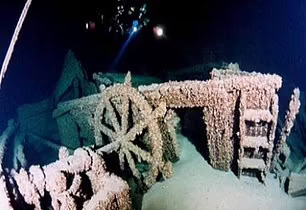Eerie Lake Erie is home to a giant ship graveyard: Nearly 2,500 sunken vessels
Lurking below the surface of Lake Erie is a ship graveyard that is estimated to include up to 2,500 vessels, with the earliest wreck dating to the 1800s when it was part of the water route from the Atlantic Ocean to the upper Midwest.
Kevin Magee, an engineer at NASA’s Glenn Research Center, said in a statement: ‘Storms and waves are probably the number one reason ships sank in Lake Erie.
‘In fact, we think Lake Erie has a greater density of shipwrecks than virtually anywhere else in the world—even the Bermuda triangle.
The oldest shipwreck lurking below Lake Erie is the Lake Serpent, a 47-foot schooner that was lost in 1829, and then there is the Sir CT Van Straubenzie that is the deepest known wreck in the lake.
The exact number of wrecks in Lake Erie is not known – it could be anywhere from 500 to 2,500 – but explorers and researchers have been able to confirm 277 sunken ships.
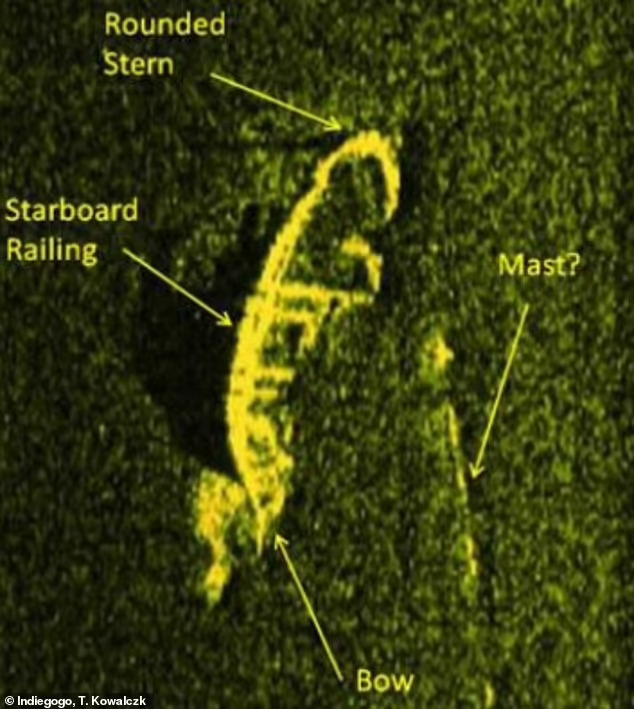
Lake Erie is the fourth largest of the five Great Lakes and spans across the US and Canadian borders, reaching into the Ontario Peninsula, Michigan, Ohio, Pennsylvania and New York.
The giant lake became an important route during the fur trade in 1700 to 1800s, which is when many ships disappeared beneath its depths.
Lake Serpent, the oldest wreck, left Cleveland in September 1829 for the 55-mile trip to the Lake Erie Islands – but it never made it back to its return destination, Smithsonian Magazine reports.
Bodies of the crew, Captain Ezera Wright and his brother Robert washed ashore, but the ship was lost until 2018.

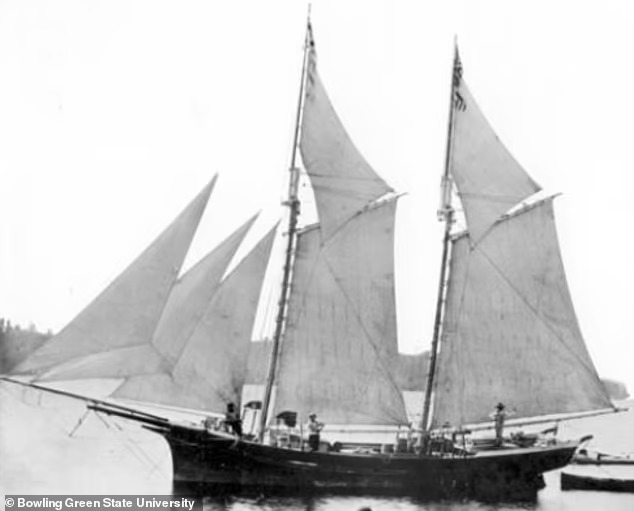
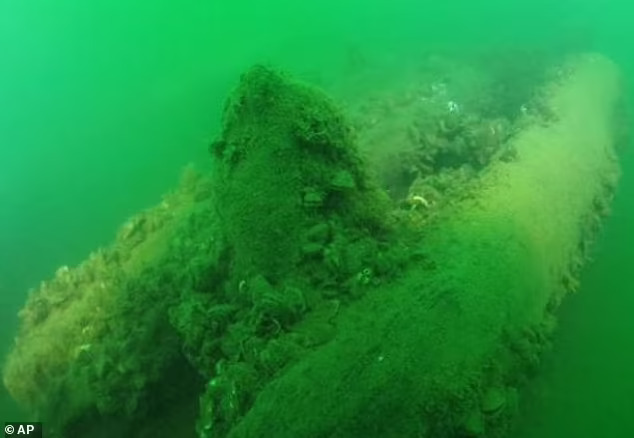
Archaeologists combing the area found remains of a vessel but were unsure if it was the legendary Lake Serpent.
Looking through historical records of the ship, the team learned that it was carrying mounds of boulders before it went missing and divers identified the payload on the vessel in question.
The final voyage of Edmund Fitzgerald began on November 9, 1975, at the Burlington Northern Railroad Dock No.1, Superior, Wisconsin.
Closer to the shore of Traverse City, Michigan are several ghostly hulls laying on the lake bottom, reports Lake Leen Erz.
The wrecks are in Manitou Passage, which was often a haven for cargo-laden ships travelling through the area during the bustling lumbering industry in the 19th century.
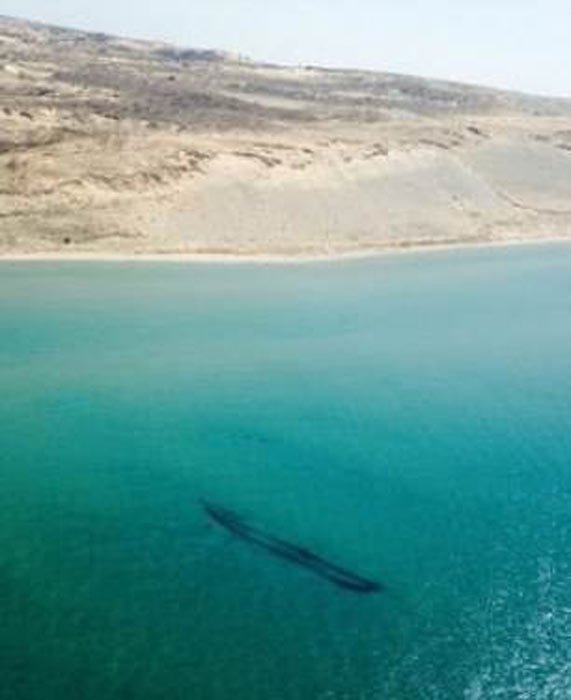
When the water is clear, anyone could spot the sunken ships, which includes the James McBride, a 121-foot-long brig that was lost in a storm in 1857.
The Rising Sun’s resting places can also be seen from the shoreline.
This is a 133-foot-long steamer that sank in 1917. There are hundreds of small hulls littering the lake bottom, but one ship is known for sinking farther than another vessel – the Sir CT Van Straubenzie.
This ship was lost during a collision with a steamer on September 27, 1909, and quickly sank 205 feet into Lake Erie eight miles east of Long Point. The Department of Transport reported 3 deaths, including a female cook.
READ ALSO: ARCHAEOLOGISTS DISCOVER 2200-YEAR-OLD EGYPTIAN SHIPWRECK IN THE MEDITERRANEAN SEA
The wire rigged forward mast is still standing, collision damage can be seen on the starboard side and the cabin is collapsed. There is a wheel, and the cast iron bell is in the bow of the wreck – all of which have been taken over by barnacles.
‘One of the remarkable things about Lake Erie and Great Lakes shipwrecks is how well they are preserved due to the cold, freshwater,’ said Magee. ‘Wrecks in saltwater start corroding immediately. In the Great Lakes, you can find old wooden ships that are hundreds of years old that look like they just sank.’
